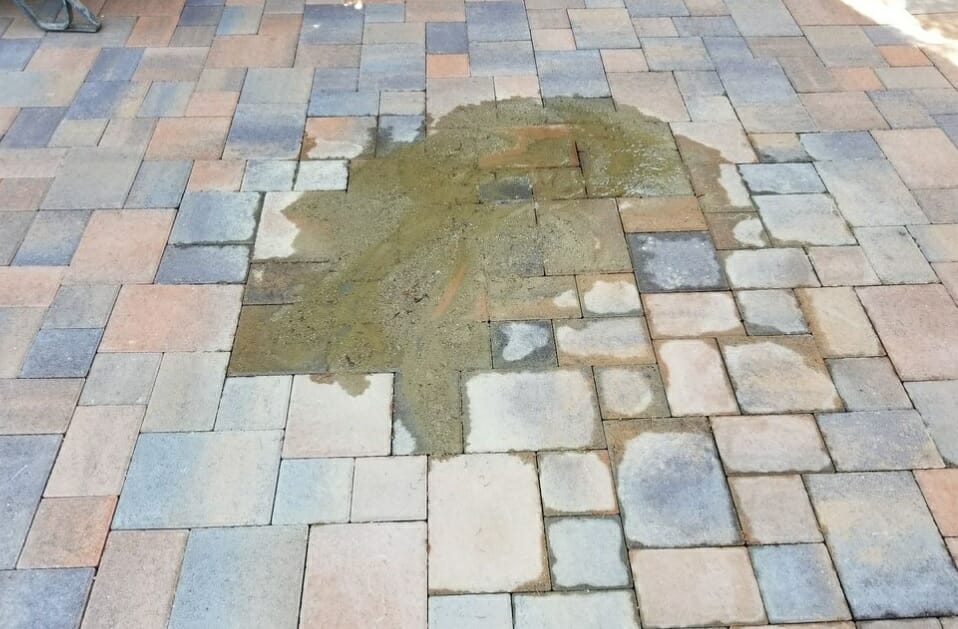If we think about a sewer line repair, it’s likely that imagine a torn up yard and a lot of disruption to the home. But, this isn’t necessarily the case, a trenchless sewer repair may be possible in certain situations, and this is an easier way to deal with a trick and stinky problem.
How Does a Trenchless Sewer Repair Work?
As the name suggests, a trenchless sewer repair allows a plumber to access and replace a section of sewer line without digging a trench. The pipes are actually replaced underground, and it has become a preferred method. After all, the last thing you want is the disruption and mess caused by a sewer repair if there is an alternative. If a trenchless sewer repair is possible, the downtime is shorter, the mess is minimized, and big changes are possible without the extra disruption.
4 Steps to a Successful Trenchless Repair
Step 1: The Inspection
The plumber runs a camera into the main sewer line to assess the state of the pipes and find the source of the problem. This initial inspection will determine the type of repair possible. In certain cases, a trenchless sewer repair will not be possible because the damage may be too extensive. If a trenchless repair is possible, there are two methods that can be used; they are: repiping or pipe bursting.
Step 2: Clearing the Line
After the inspection, the plumber will inform you of their recommendation to fix the problem. Then they will clear the line with a hydro jetting unit that will force accumulated debris out of the line. This material can include plant matter or any biological back-up that’s occurred over the years. After this process is completed and the pipe is clear and cleaner, a repipe or pipe bursting can be performed as necessary.
Step 3: Pipe Bursting
If pipe bursting is the preferred way to deal with the problem, the plumbing will perform the procedure now. A high density polyethylene (HDPE) pipe is attached to a “bullet” that is forced through the existing pipe as it trails the new pipe behind it. The older piping is broken apart and replaced with a new pipe sleeve. This is an ideal way to deal with a sewer line that is broken or fallen out of alignment.
Step 4: Repiping
This is also referred to a pipe lining. The plumber creates a new pipe inside your existing pipe. This is a great method to use if the damage to the existing pipe is minimal. The repìping material is an epoxy coated liner that inserted into the section of damaged pipe. This is then left to cure for a few hours, and then the homeowner has a sewer line that works exactly the same as the old pìpe before it was damaged.
If you’re interested in the possibility of a trenchless sewer line repair for your home, contact a local certified plumber. This work should only be attempted by a professional plumber with the training, experience, and specialized tools to get the job done safely.
By Giovanni Longo President Flood Brothers Plumbing
Giovanni Longo is a 3rd generation master plumber who has been practicing his craft and trade in the greater Los Angeles area for well over a decade and a half. A plumbing and hydraulics-engineering innovator, Giovanni’s particular world-class expertise focuses on dealing with challenging sewer system designs as well as resolving complex commercial and residential draining issues. As a certified Flood Mitigation expert, he is also well versed in a wide variety of water damage and remediation solution.





